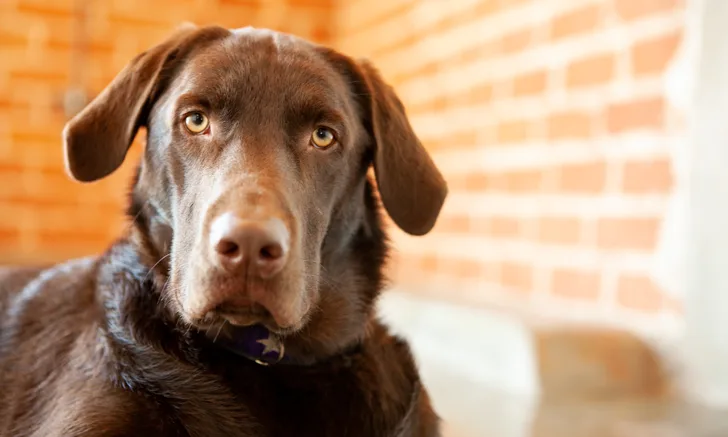Malassezia spp Treatment Outcome
William Oldenhoff, DVM, DACVD, Animal Dermatology Center, Studio City, California

In the Literature
Boone JM, Bond R, Loeffler A, Ferguson EA, Hendricks A. Malassezia otitis unresponsive to primary care: outcome in 59 dogs. J Vet Dermatol. 2021;32(5):441-e119.
The Research …
Recurrent yeast otitis externa is common in dogs and can be difficult to treat. These patients are thus often referred to a veterinary dermatologist.
This retrospective case series looked at treatment outcomes of 59 dogs with recurrent or persistent Malassezia pachydermatis otitis externa that were referred to dermatology specialists. Chronic M pachydermatis otitis externa was successfully treated in 91% of affected ears. Most of these cases (87%) received a single anesthetized ear flush, after which topical antifungal ear drops were applied. Median time to resolution was 27 days. Duration of otitis externa was not found to affect the length of time required for resolution.
To reverse pathologic changes to the ear canal and to facilitate treatment, 46 of the dogs were given oral corticosteroids (ie, prednisolone or methylprednisolone) prior to ear flushing. Oral antifungals did not affect odds of treatment success. It was estimated that at least 50% of the study patients showed evidence of allergy, although the authors noted this is likely an underestimation because use of corticosteroids may have masked clinical signs.
… The Takeaways
Key pearls to put into practice:
Yeast otitis is common and can be difficult to treat, but successful management is possible. Oral corticosteroids are important in most cases to reverse chronic changes secondary to chronic otitis. Oral antifungals are not necessary for treatment of yeast otitis; focus should instead be on corticosteroids to open the ear canal, an anesthetized flushing procedure of the external canal, and topical antifungal ear drops.
Yeast is a normal commensal organism of the ear canal, and overgrowth occurs secondary to primary disease. At least 50% of the dogs in this study were likely allergic. Although allergy (either food or environmental) is one of the most common causes of recurrent otitis, other disorders (eg, endocrinopathies, keratinization disorders) should also be considered. Successful management of recurrent otitis depends on identifying and treating the primary cause.
Anesthetized ear flush procedures are underused for treatment of chronic otitis externa. Flushing with sterile saline can remove thick debris, which can be an impediment to successful management. Although special irrigation equipment can be helpful, an ear flush can also be performed with sterile saline and gentle flushing using a large syringe and red rubber catheter.
You are reading 2-Minute Takeaways, a research summary resource presented by Clinician’s Brief. Clinician’s Brief does not conduct primary research.